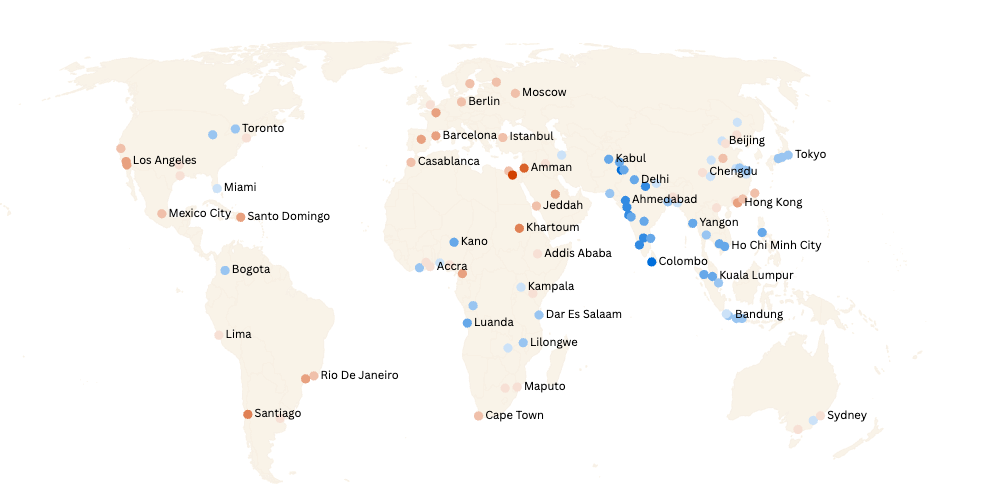One of the challenges with closed (gray) storm water infrastructure is the design is more or less fixed. Engineers work through the numbers to make sure our pipe system meets city requirements. However what happens when the basic assumptions used to design the pipes are no longer relevant? Climate whiplash as some experts call it has put yet another strain on our designs.
Understanding the phenomenon
For the most part, all cities undergo periods of dryness and wetness. However, the variance of those conditions are swinging wider to new extremes. It’s not simply that a place which was dry becomes more dry, but rather the moments that are wet or dry are more pronounced. Although stormwater infrastructure system may perform well for the majority of the year, a strong flood can have severe economic and public safety risks.

Reversal
Moreover, although city may have developed a reputation as wet does not mean it can go through a period of dryness (or vice versa). Hindsight is twenty twenty however sometimes it’s difficult to know if you are in the middle of a reversal. This is problematic as a city may have assumed that it’s city will continue to be wet only to be met with a decade of dryness causing the designed system to be over engineered.
Vulnerability
Just this month the ASCE reported in their infrastructure report card that the water infrastructure quality has not improved since 2021. Despite receiving the largest federal aid funding in it’s history under the Bipartisan Infrastructure law, we still stormwater infrastructure struggling to meet performance expectations. Climate whiplash is certainly putting pressure on our stormwater infrastructure but it cannot take all the blame. Engineers cannot only think in the present moment but must also start accounting for a wider array of variables that impact infrastructure.






